MikeHynes
True Classic
I have one good rear spoiler tip that I would like to have 3D scanned so that it could be 3D printed. I see that there are several outfits out there that can provide the service such as:
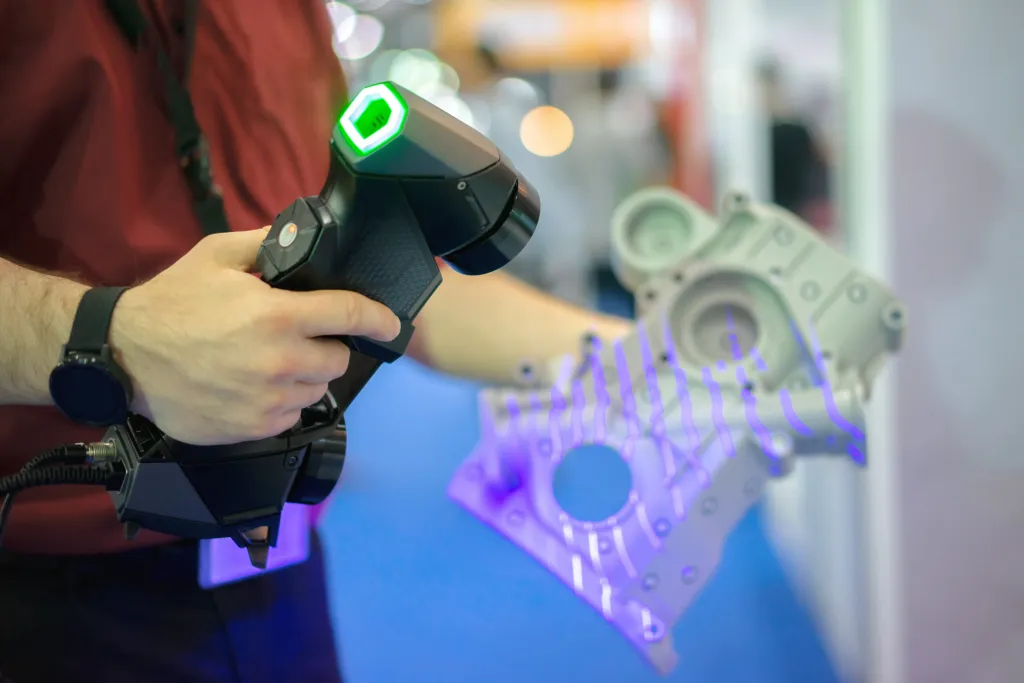
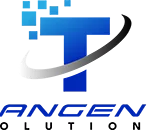 usetangent.com
usetangent.com
My question is, has anyone had any experience with any of these 3D scanning services?
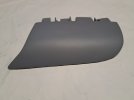
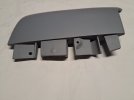
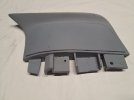

3D Scanning Services Starting At $155 - Ultra Precise
When Accuracy and Detail Are Essential to Your Project, We Provide the Most Advanced 3D Scanning Services With Quick Turn-Around. Call Now.
 usetangent.com
usetangent.com
My question is, has anyone had any experience with any of these 3D scanning services?





